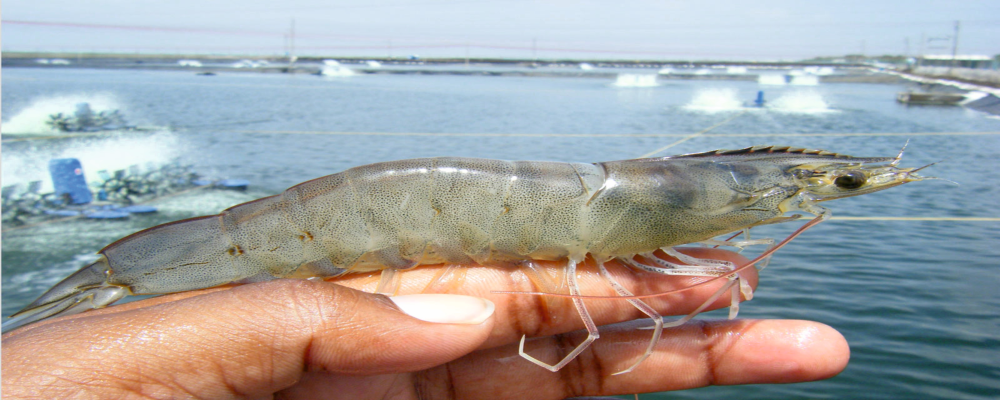Body Cramps in Shrimp: Practical Solutions for Farmers
Shrimp farming is a complex and rewarding endeavor, but it also comes with its challenges. One condition that can affect shrimp health and growth is body cramps. This can impact the overall well-being of the shrimp and potentially lead to economic losses for farmers. In this blog, we will explore the causes, symptoms, and management strategies for body cramps in shrimp farming.
Causes:
- Water Quality Issues: Fluctuations in water temperature, mainly because of shallow ponds and low dissolved oxygen levels can contribute to body cramps. Poor water quality leads to increased Chemical and Biological oxygen demand which can disrupt the shrimp's physiological balance, leading to muscle cramps and tail curling.
- Nutritional Imbalances: Inadequate or imbalanced nutrition can result in mineral deficiencies or imbalances, particularly Potassium and magnesium. These minerals play a crucial role in muscle and nutrient transport function, and their insufficiency can lead to muscle cramping
Symptoms of Cramped Tail Syndrome:
- Body cramp: Tail Curling: The most apparent symptom of body cramp is curling of abdominal segment sometimes with opaque or white muscle on the dorsal part of the shrimp body. These cramps can restrict the shrimp's movement and affect their overall mobility, sometimes leading to mortality because of cannibalism.
- Reduced Swimming Ability: Shrimp affected by Cramped Tail Syndrome may exhibit reduced swimming ability or limited movement due to the discomfort caused by muscle cramps. They may struggle to swim properly or exhibit abnormal swimming behaviors
- Stunted Growth: Chronic Cramped Tail Syndrome can impact the shrimp's growth rate. The energy expended in coping with the condition and the impaired ability to feed and absorb nutrients effectively can lead to stunted growth. Shrimp spends extra energy to recover from cramps leading to higher FCR and poor ROI.
Management Strategies for Cramped Tail Syndrome:
- Optimize Water Quality: Regularly monitor water parameters and maintain stable conditions within the optimal range for the shrimp species being farmed. Adequate oxygenation, proper filtration, and regular water exchange are essential to minimize stress and prevent cramping.
- Maintain 1.5 to 2.0 M water depth to reduce the temperature fluctuations.
- Maintain 1:3:1 ratio of Ca, Mg & K in the pond water to have a proper mineral profile.
